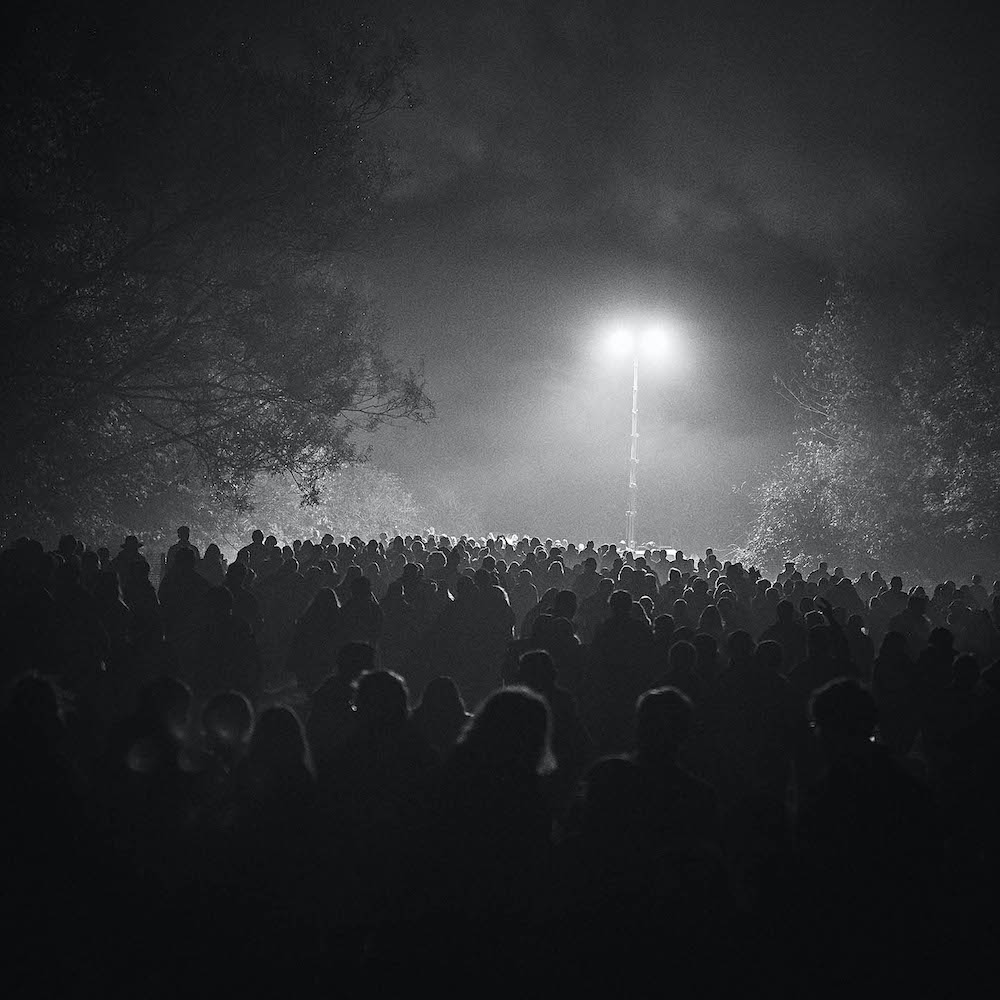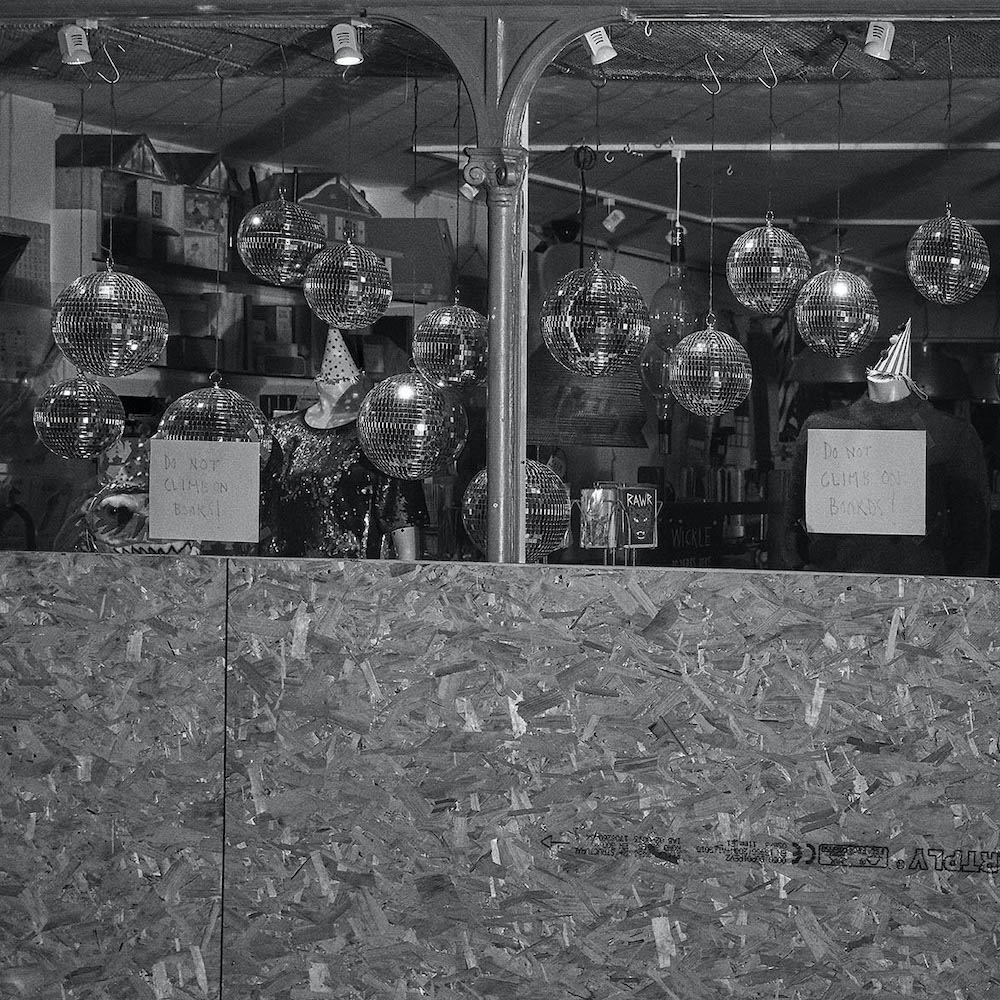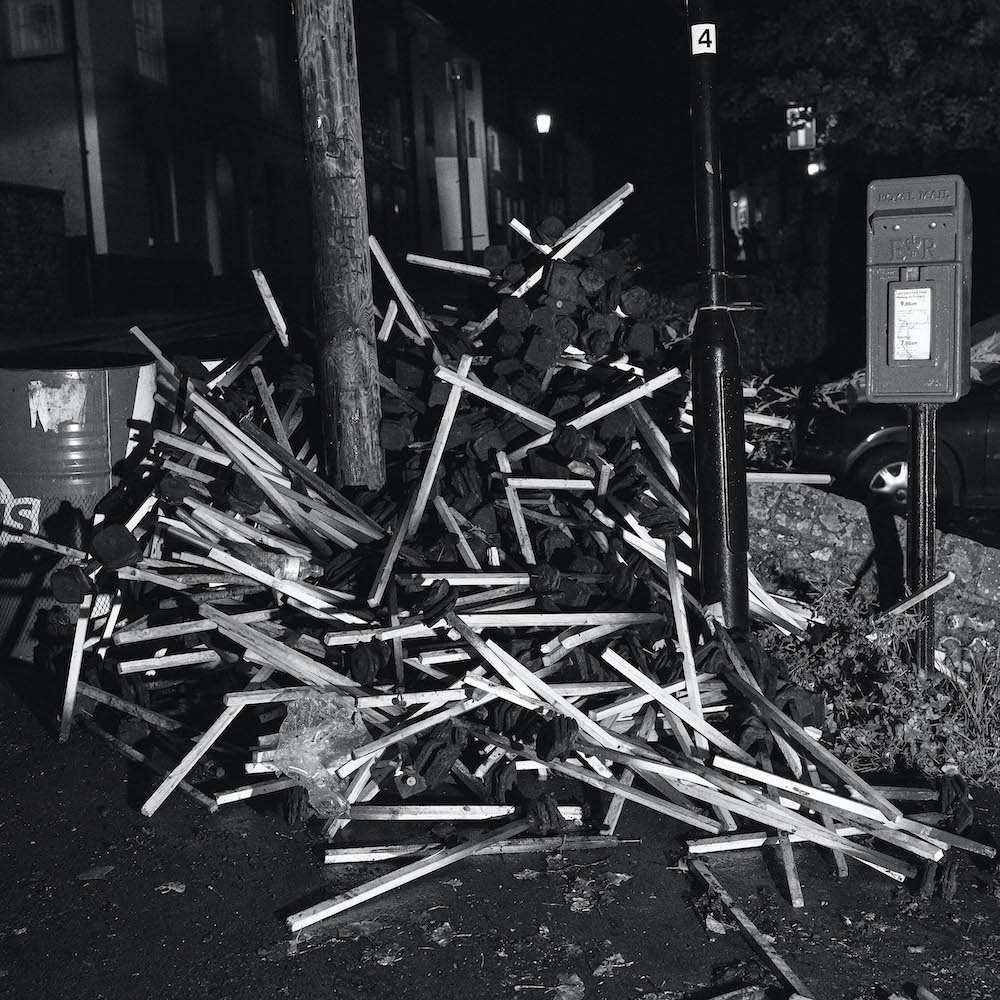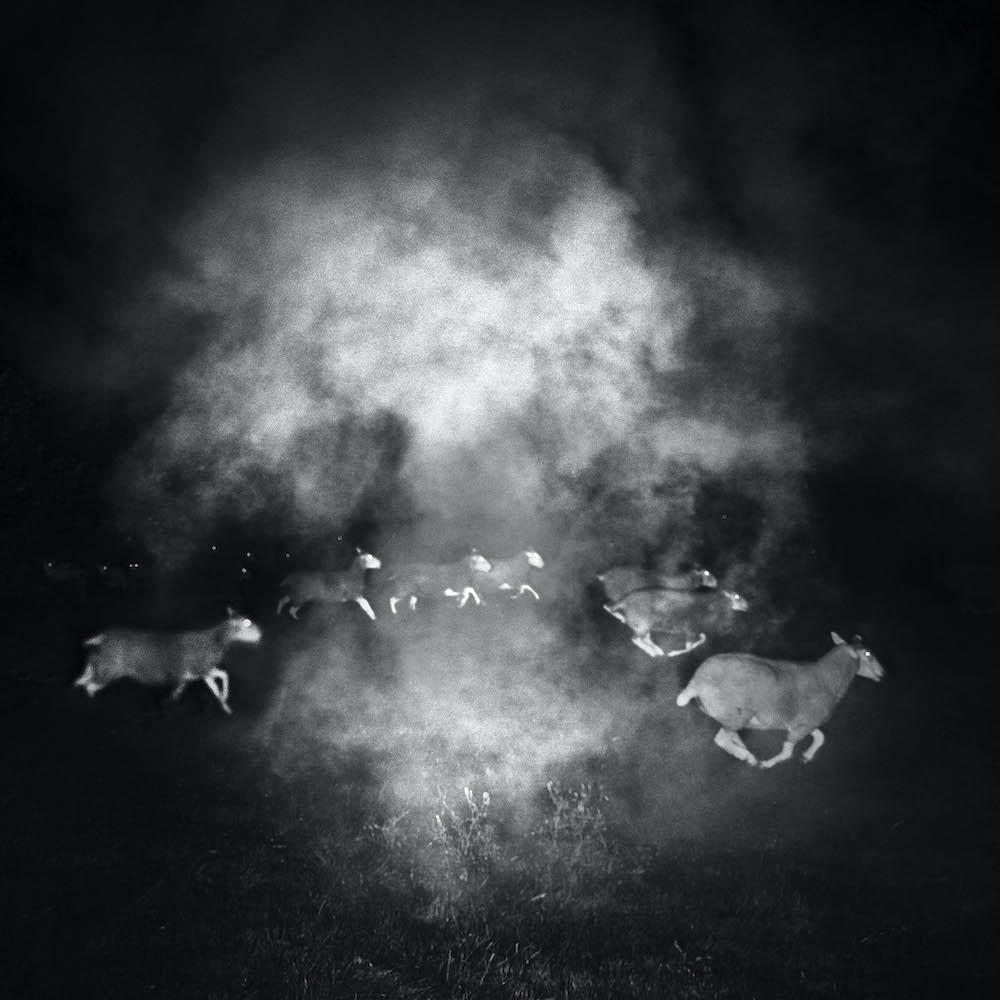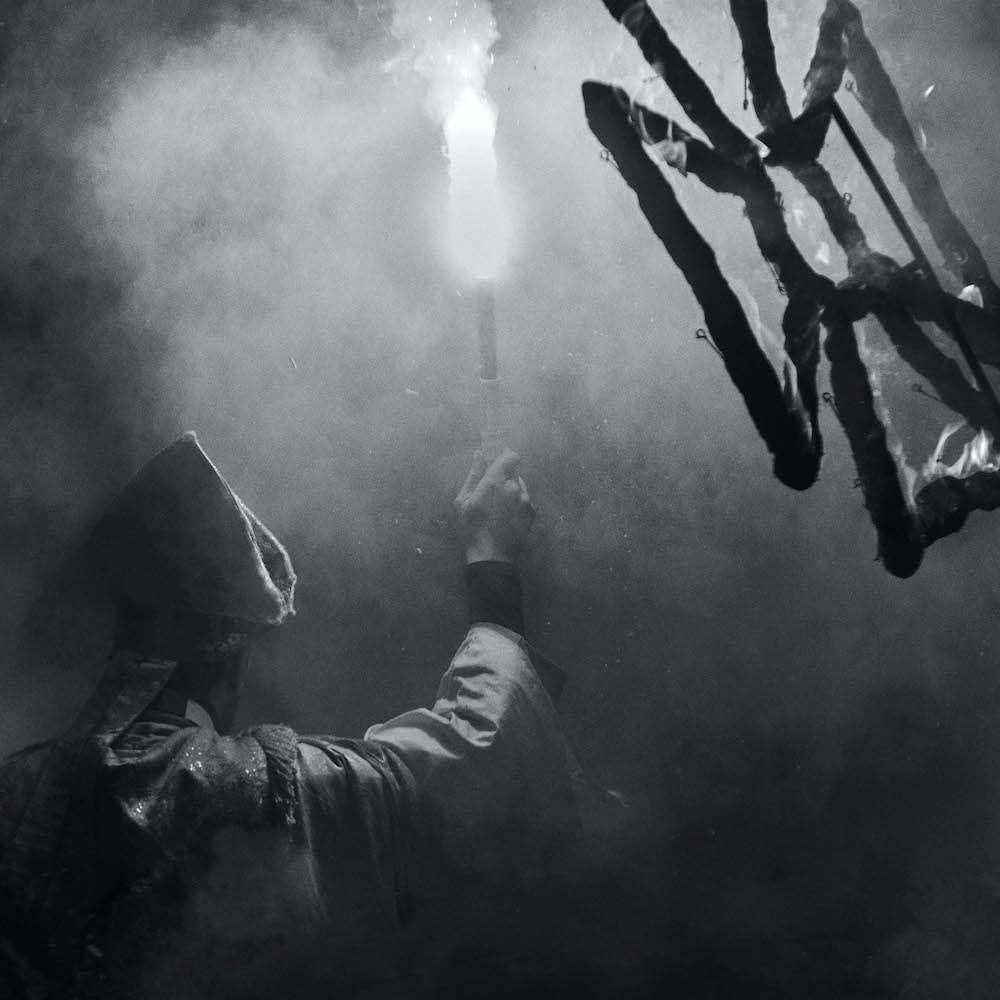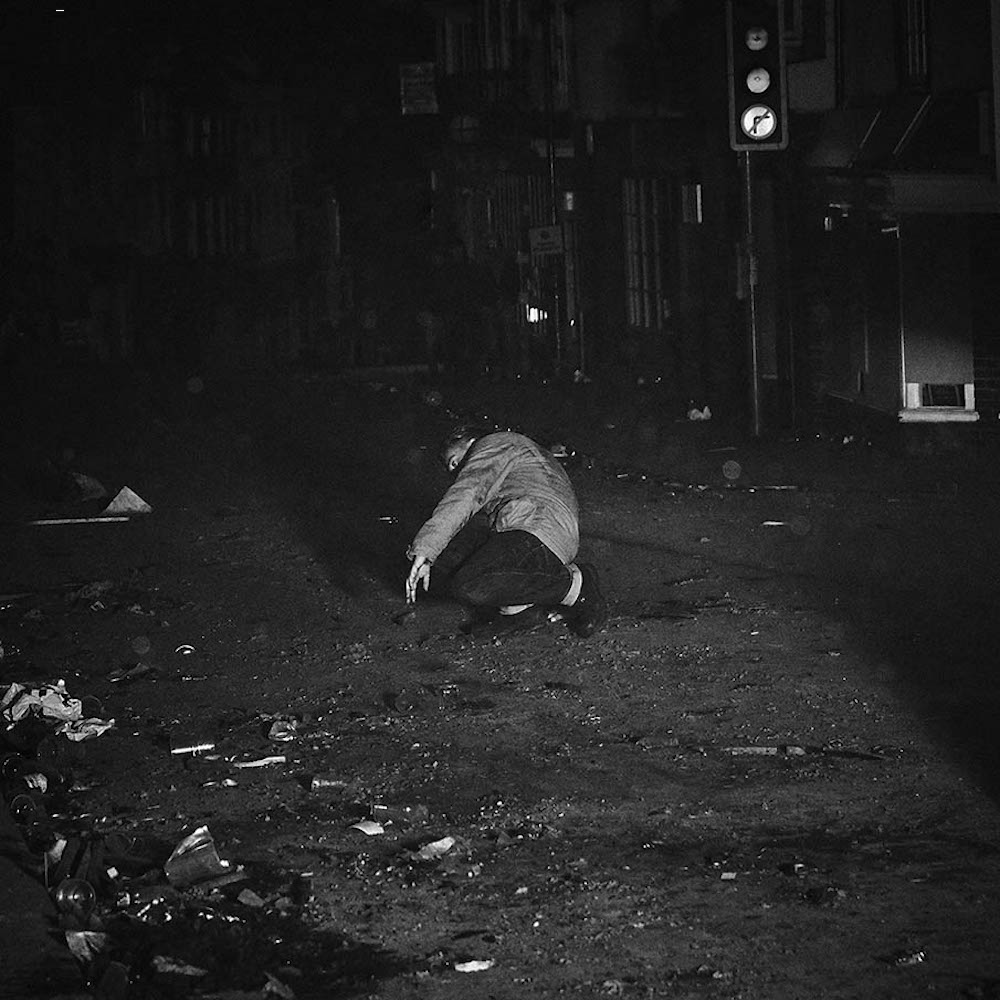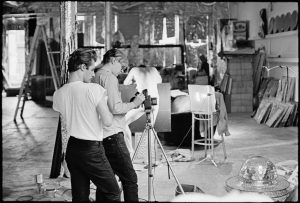The photographer publishes his second tome with Loose Joints, this time documenting the democracy and resistance of bonfire night in Lewes
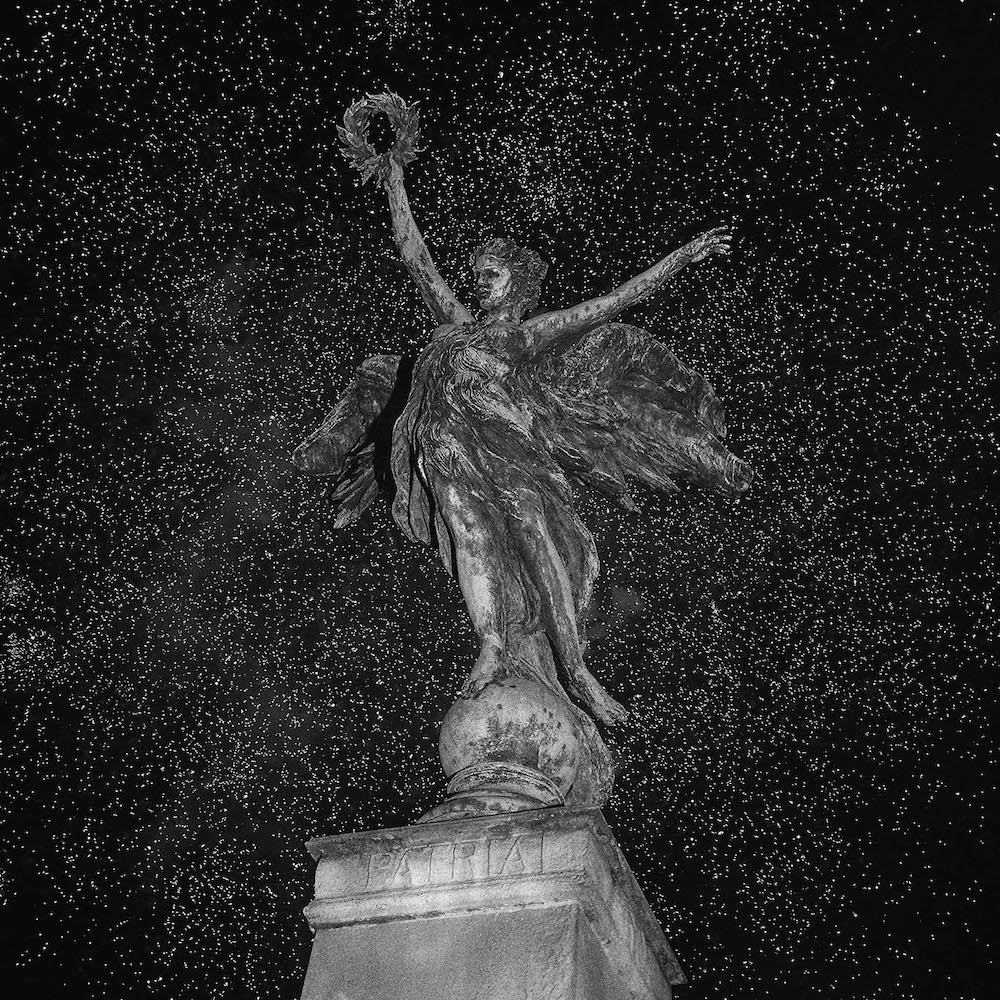
Remember remember the 5 of November; the annual night that commemorates the failed Gunpowder Plot of 1605 set by 13 men including Guy Fawkes. Predominantly located in Britain, the event sees bonfires and fireworks for one night across the country – one of its most famous and largest being in Lewes, where crowds in the thousands flock to the country town of East Sussex to burn effigies, march and revel in the burning blaze of the fires.
Robin Friend, a photographer who moved to the town a year ago after 15 years in London, has a long and “tangled relationship” with bonfire night in Lewes. He was born in London, and moved to Melbourne, Australia, at the age of one and a half. Age eight, he moved back to Lewes, returned to Australia, and came back to Lewes once again at the age of 14. “That’s my main memory of my first bonfire night,” he tells me. “It was completely nuts.”
Now, Robin has published his second photo book with Loose Joints, entitled Apiary. The stark and abstract monochromatic tome depicts the annual celebration of Guy Fawkes Night in all its fiery glory – only everything is abnormally set in unicolour. Shot over eight years, it’s his second publication to date proceeding Bastard Countryside, his debut book that marked Robin’s visual inquest into the rituals and traditions of the British landscape. Apiary is equally as didactic, this time spotlighting the British festivities of Guy Fawkes Night in an artful blend of cropped portraits, crowds and spellbinding embers as they launch into the sky. However, the book isn’t really about bonfire night at all. Below, I chat to Robin to uncover the real meaning behind Apiary.
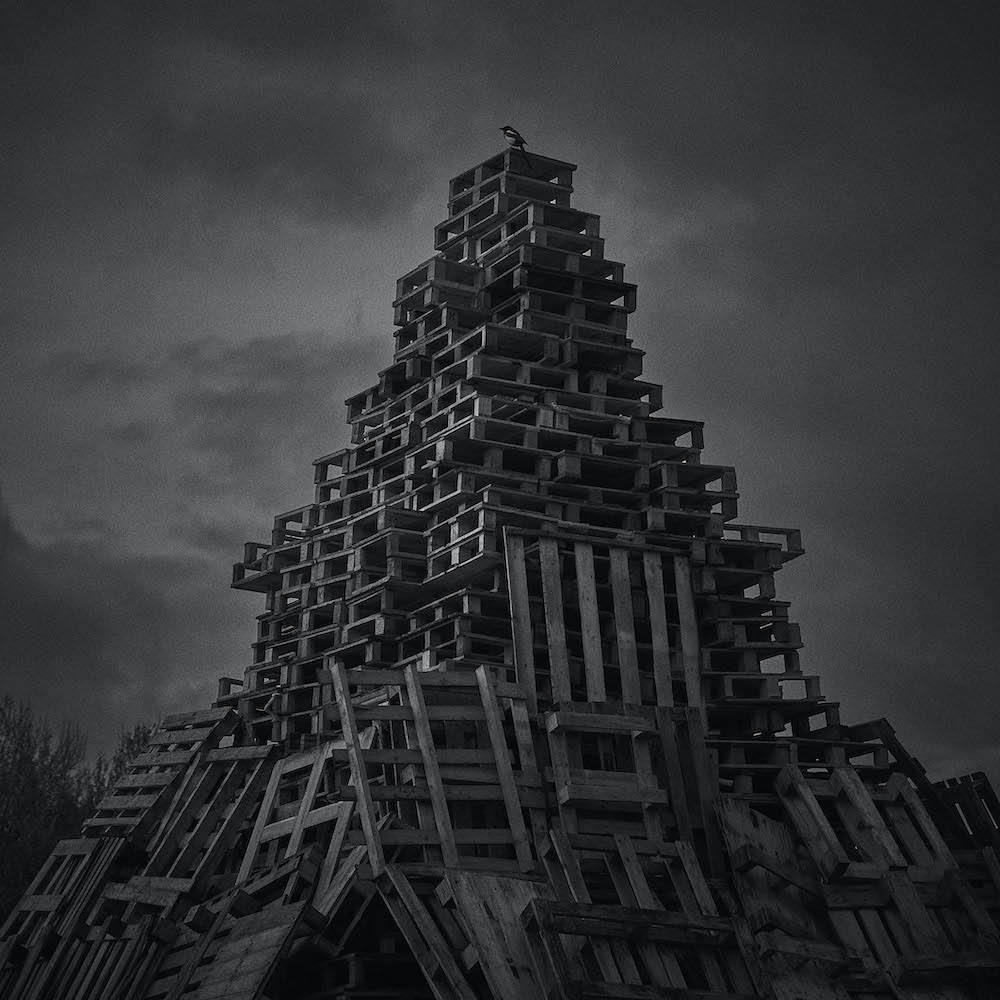
What’s the atmosphere like at the Lewes bonfire night, can you tell me more about your first experiences there?
I was an angry 14-year-old Australian boy that had just left his mates and moved to this new country – well it felt new, even though I was born here. I had just befriended this group of guys from school and we went around the town, getting up to high jinks and just being 14 year-old-kids. A few of my friends would march and the rest of us would just go off and drink, smoke or do some light drugs, and there’d be scraps. It was very much like the Outsiders.
I went to uni in London when I was 18 and lived there for 15 years, I would occasionally come back to Lewes and just experience it at different stages in my life. But it’s always been a night that marks chapters; getting older, a bit wiser, becoming more professional and bringing my partner Seren down. Her first experience of bonfire night was quite funny, she started bleeding on her leg and shouting, ‘I’m bleeding’, and no one really cared because that’s just part of the atmosphere of the night. You don’t get taken very seriously.
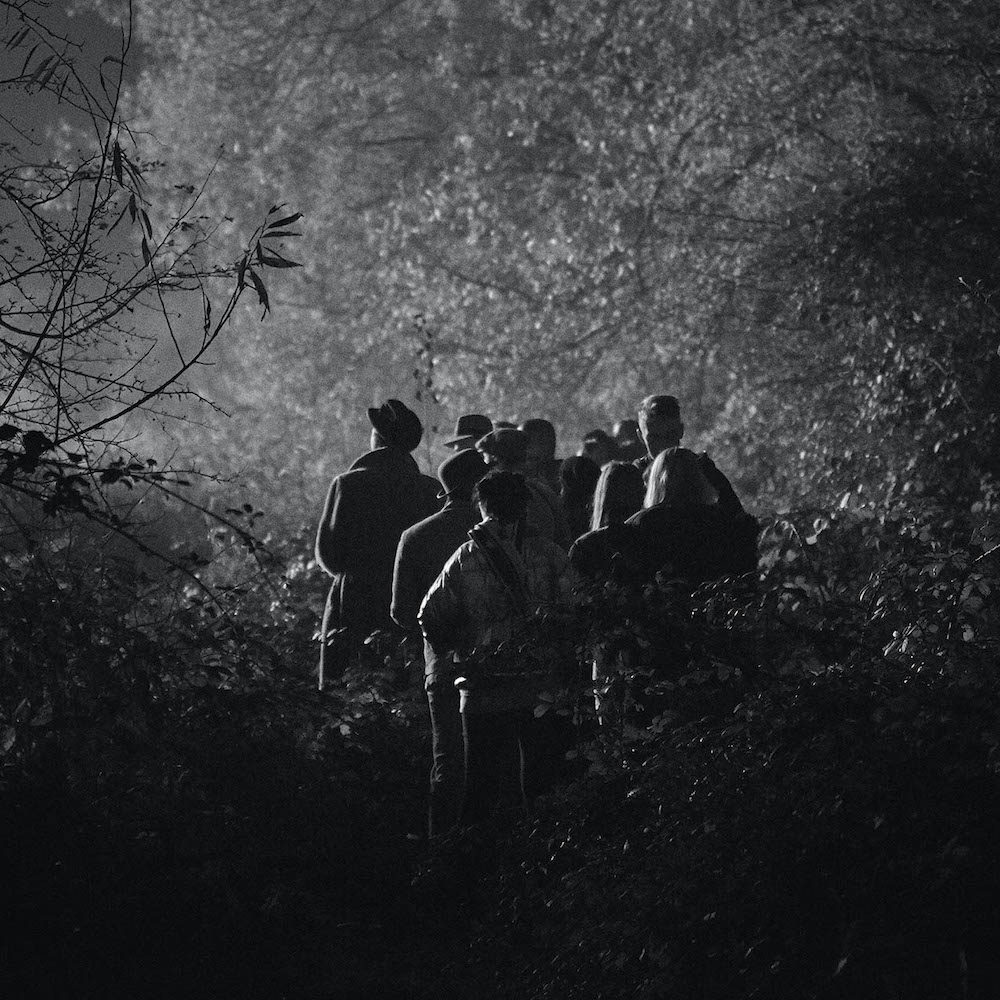
Do you think that the politics or the meaning behind it has in some ways been diluted over the years?
Each year societies will burn effigies of various politicians. I remember the Tony Blair effigy quite clearly and the Bush effigy that was burned in the 2000s around Afghanistan being invaded – I remember going out to London, and there was around a million people marching against the war. Then lo and behold, they go against the populace and it’s an illegal war. It was a way of venting that anger at this decision that had been taken against the people; it’s always had that element of protest, a night to let out some angst and have your views heard and shout, to be frustrated with the establishment.
It has so many layers of history, that it has become quite distorted and confused. The evening’s obviously about Guy Fawkes and the gunpowder plot, but there’s so many layers to the Lewes celebration; there were 17 martyrs that were burned in the town, and a big part of their memory is wrapped up in the evening.
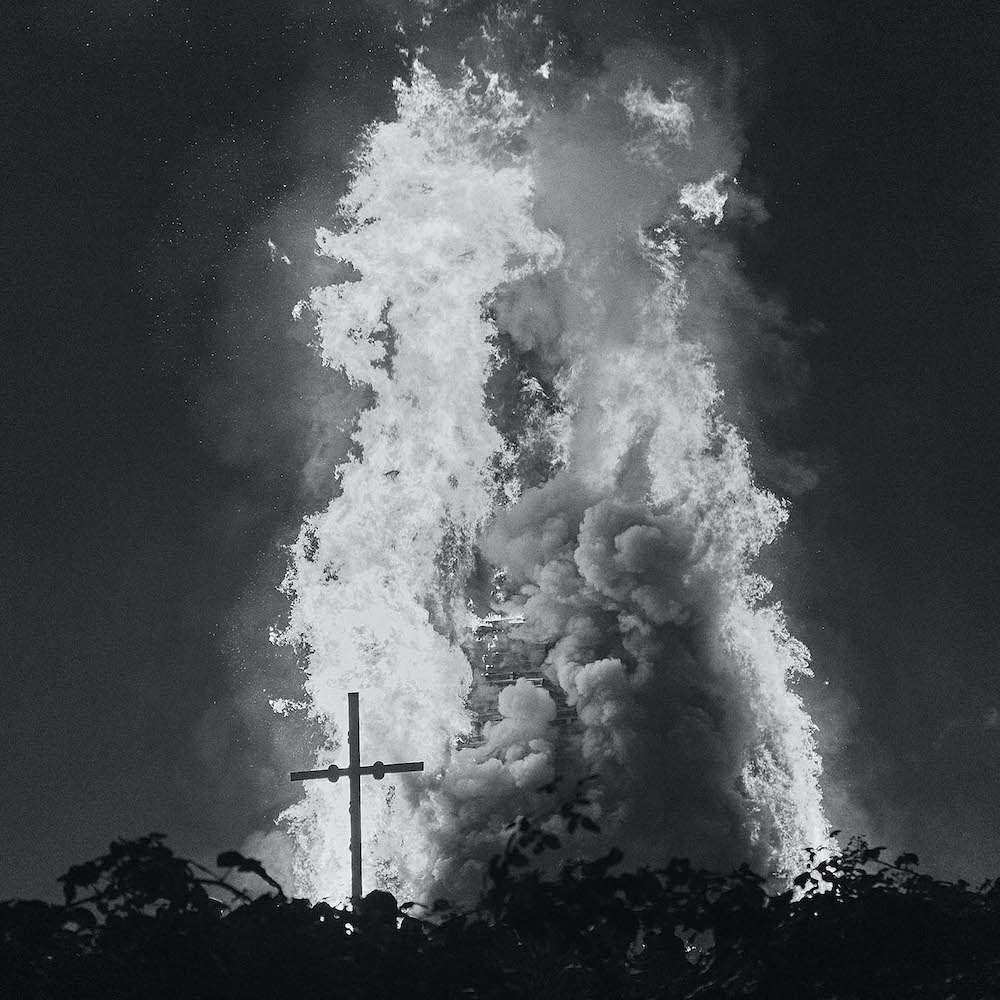
I love how abstract you’ve made the evening look, why did you decide to only shoot in black and white?
I think everyone’s seen colour pictures of bonfire night in the papers, and it’s almost ingrained; people know what that image is. I was trying to tell a story that wasn’t necessarily about bonfire night, it was more a platform for me to talk about other ideas that I’ve been mulling over the last five to 10 years. And as soon as you strip away colour, it becomes much more about the mood and about the subject rather than the surface of the piece.
I also like the way black and white makes people think of history. It sounds quite simplistic, but when you look at a black and white photograph, on the whole, you think of the past much more than a colour photograph. Black and white often nods to the past. It’s important that those layers of history are present, and that’s why I tried to tap into different generations in the pictures, particularly the adolescent youth. I’ve included a couple of group pictures of kids at that age, because that’s when I first became associated with the evening.
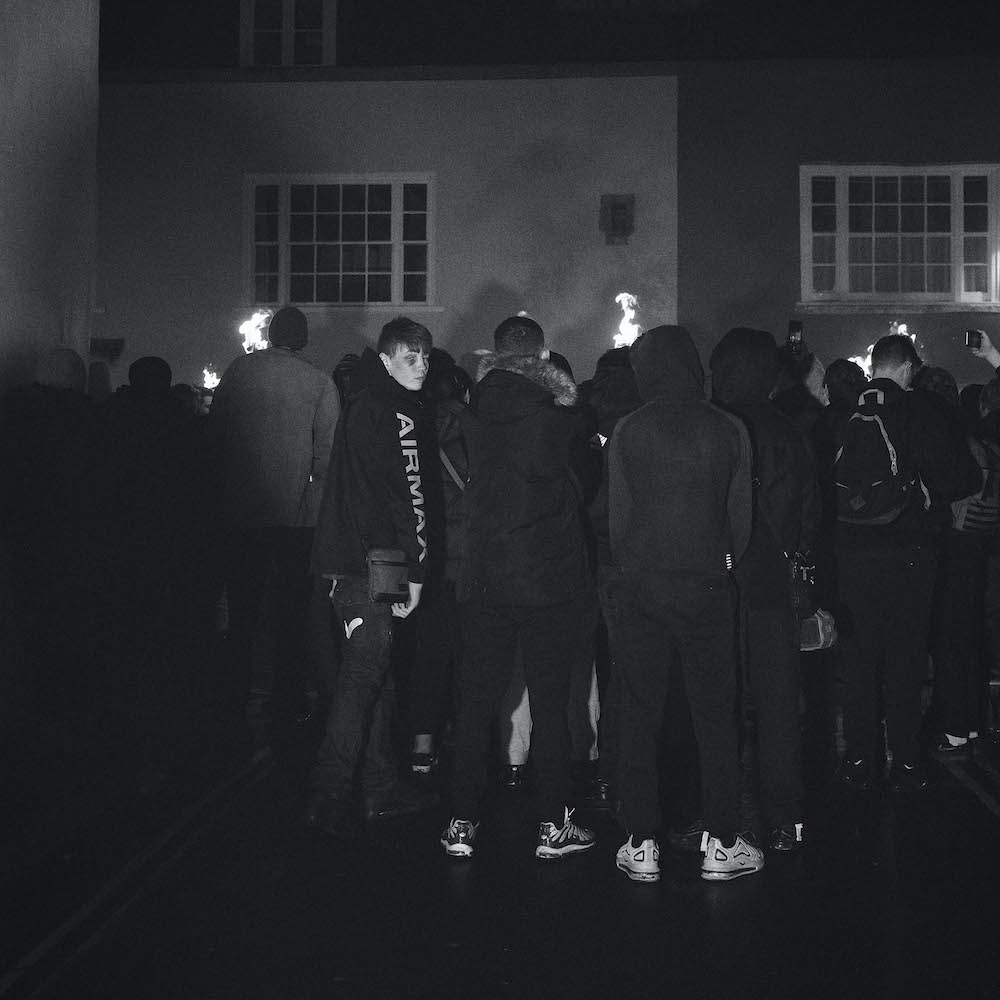
What do you hope your audience will take away from the new book? Is there a specific narrative behind it other than the bonfire, for example?
It’s not really about bonfire night. For me, it’s about the fragility of power, democracy and thinking about all the things that have happened in the last five or six years with the protests in Hong Kong, the far right and populism in Europe, Brexit, Trump, the March in Washington; all these things have highlighted how we always take democracy for granted. We think it’s always going to be a solid foundation to exist in and – maybe because I’m getting old, I’m pessimistic and I’ve got children – but I think now I’ve just shifted the way I think about these things. Actually, I care more. The blinkers are on.
As your second book, would you say that there’s a connection between the first – Bastard Countryside – in terms of politics and Britishness?
There’s some crossovers, definitely. Bastard Countryside was almost like looking into the future, it’s quite dystopian. My work is always about the periphery, and in Apiary, the six societies would have marched through the town, peeled off and gone to these bonfires. In many ways that’s where the title Apiary came from; like bee hives and swarms going towards these colonies. Bastard Countryside was about this anxious nature, our relationship with the natural world, how that’s breaking down and how we’ve almost become divorced and completely separate from it. We’re creating new hybrid sites or even hybrid nature’s, if you like, where these two things splat into each other and create these new forms that are both beautiful and ugly at the same time. And I think some of the pictures in Apiary definitely do that as well. But I guess this time we are much more present and people heavy, whereas I think there’s only two shots with people in Bastard Countryside. Apiary is almost like the prequel to Bastard Countryside; it’s like the explosion before we wipe ourselves out. I see it almost coming before Bastard Countryside in the storytelling.
